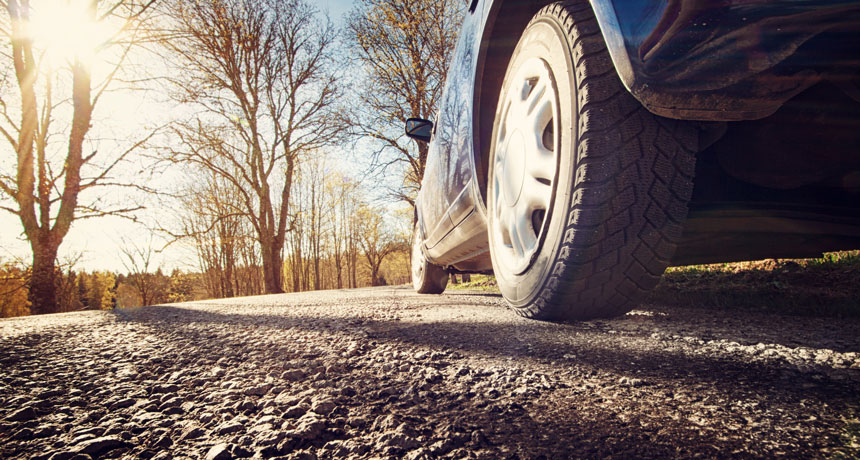Car tires and brake pads produce harmful microplastics
These particles can end up in bodies of freshwater and, eventually, the ocean

TREAD LIGHTLY Tiny pieces from rubber tires, brake pads and asphalt make up most of the airborne microplastic pollution around three German highways, a study finds.
LeManna/Shutterstock







